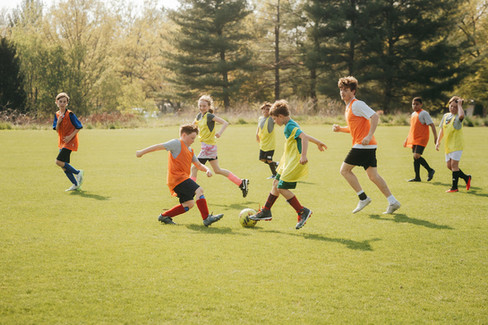Strengths-Based Learning
- Laura Livingston
- Jul 28
- 1 min read
Even though we all have preferred ways of learning – by hearing, saying, seeing, and/or doing – most of us don’t approach every new learning task in exactly the same way. According to educational consultant Amanda Morin, “. . . how your child interacts with information probably does fall into patterns that draw on natural talents and preferences. Those patterns are learning strengths, and they are the pathways to learning.” Strengths-based learning is the foundation of instruction at Radcliffe Creek School.
Not only is strengths-based instruction part of individualized instruction at RCS, it also results from very low student-teacher ratios, (typically 6-8 students per class; or 2-3 for specialized reading classes). Very small class sizes allow teachers to get to know their students well, and plan instruction accordingly.
As Tricia Thompson, MS, points out, “While we want to improve challenging areas, this model causes our children to view themselves as broken. A shift to focusing on their strengths is powerful for that very reason.” So, for example, if a student’s learning style requires repetition and time until an “aha” moment is reached, RCS teachers ask themselves which activities will draw on that student’s strengths to provide the repeated practice.
Parents or teachers can help children recognize their strengths by making a Strengths Chain with them. Adults will probably notice patterns in what children choose as their strengths, and when students’ chains are linked together in the classroom, it is a nice reminder that everyone has something to contribute.

















